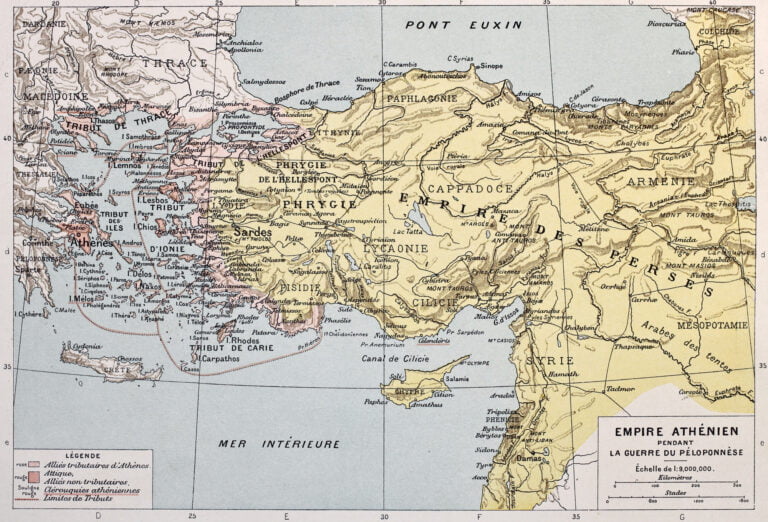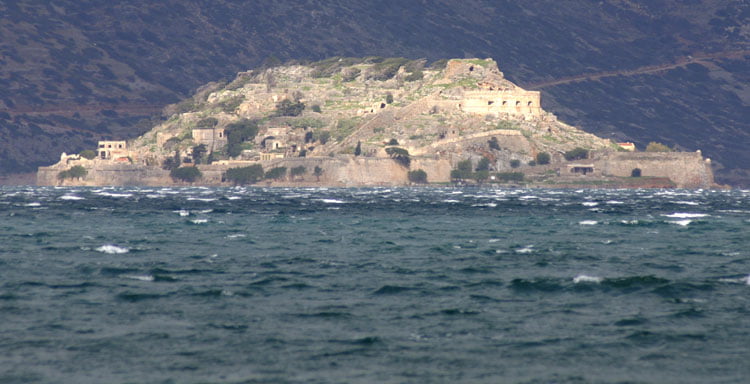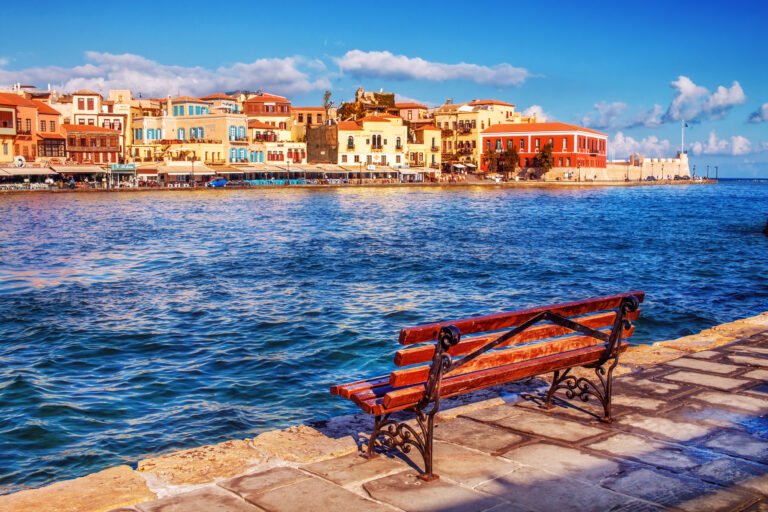The Mycenaeans and the Minoans: A Tale of Triumph and Legacy (c. 1450-1100 BCE)
The ancient world was a tapestry of civilisations, each with its unique culture, achievements, and stories. Among these, the tale of the Mycenaeans and the Minoans stands out as a testament to a people’s resilience, adaptability, and ambition. This article delves into the rise of the Mycenaeans, their conquest of the Minoans, and the lasting legacy they left behind on the island of Crete.
The Minoan Civilization: A Brief Overview
Before we delve into the Mycenaeans, we must understand the Minoans, the civilisation they eventually overcame. The Minoans, named after the legendary King Minos, were the first advanced civilisation in Europe. They thrived on the island of Crete, building grand palaces, intricate artworks, and a complex trade network. Their influence spread across the Mediterranean, and their culture was one of peace, artistry, and maritime prowess.
Minoan Achievements:
- Palace of Knossos: This architectural wonder, with its complex layout and vibrant frescoes, is a testament to Minoan ingenuity and artistry.
- Linear A Script: The Minoans developed one of the earliest forms of written script, known as Linear A. The purpose and language which remains a mystery to this day.
- Maritime Dominance: Their naval prowess ensured that the Minoans controlled the trade routes, bringing wealth and influence to Crete.
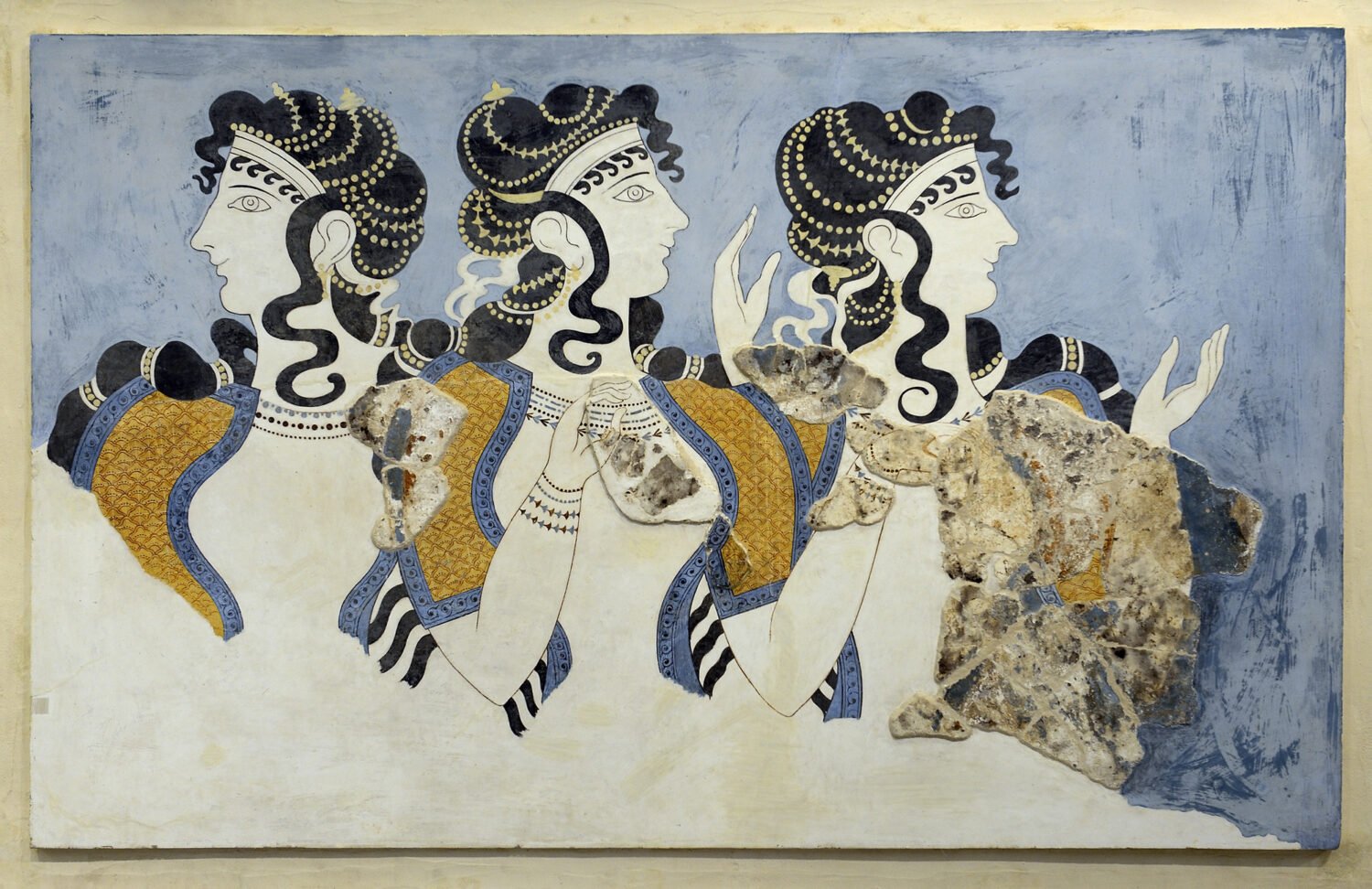
The Rise of the Mycenaeans
Originating from mainland Greece, the Mycenaeans were a warrior society. Their name comes from their capital city, Mycenae, a fortified citadel. Unlike the peaceful Minoans, the Mycenaeans were known for their military might, advanced weaponry, and chariots. Their society was hierarchical, with a king or “wanax” at the top, followed by a warrior elite.
Mycenaean Strengths:
- Fortified Palaces: Unlike the open designs of the Minoans, Mycenaean palaces were built for defence, with massive walls and strategic locations.
- Linear B Script: Building on the Minoan legacy, the Mycenaeans developed Linear B, a script used primarily for administrative and economic records. Michael Ventris, the Englishman, translated it.
- Military Innovations: Their introduction of chariots and advanced weaponry gave them a distinct advantage in warfare.
Why Did the Mycenaeans Overcome the Minoans?
Several factors contributed to the Mycenaeans’ triumph over the Minoans:
- Natural Disasters: Around 1450 BC, a series of natural disasters, including earthquakes and possibly a volcanic eruption from the nearby island of Thera, weakened the Minoan civilisation. Their grand palaces, especially the one at Knossos, suffered significant damage.
- Mycenaean Military Prowess: The Mycenaeans were well-equipped to exploit the Minoans’ weakened state with their superior military tactics and weaponry.
- Trade and Diplomacy: The Mycenaeans established trade relations with the Minoans, which allowed them to understand the Minoan culture, strengths, and vulnerabilities. This knowledge played a crucial role in their eventual conquest.
- Adaptation and Integration: Instead of extinguishing the Minoan civilisation, the Mycenaeans assimilated many aspects of it. This strategy of integration made the transition smoother and ensured the continued prosperity of Crete.
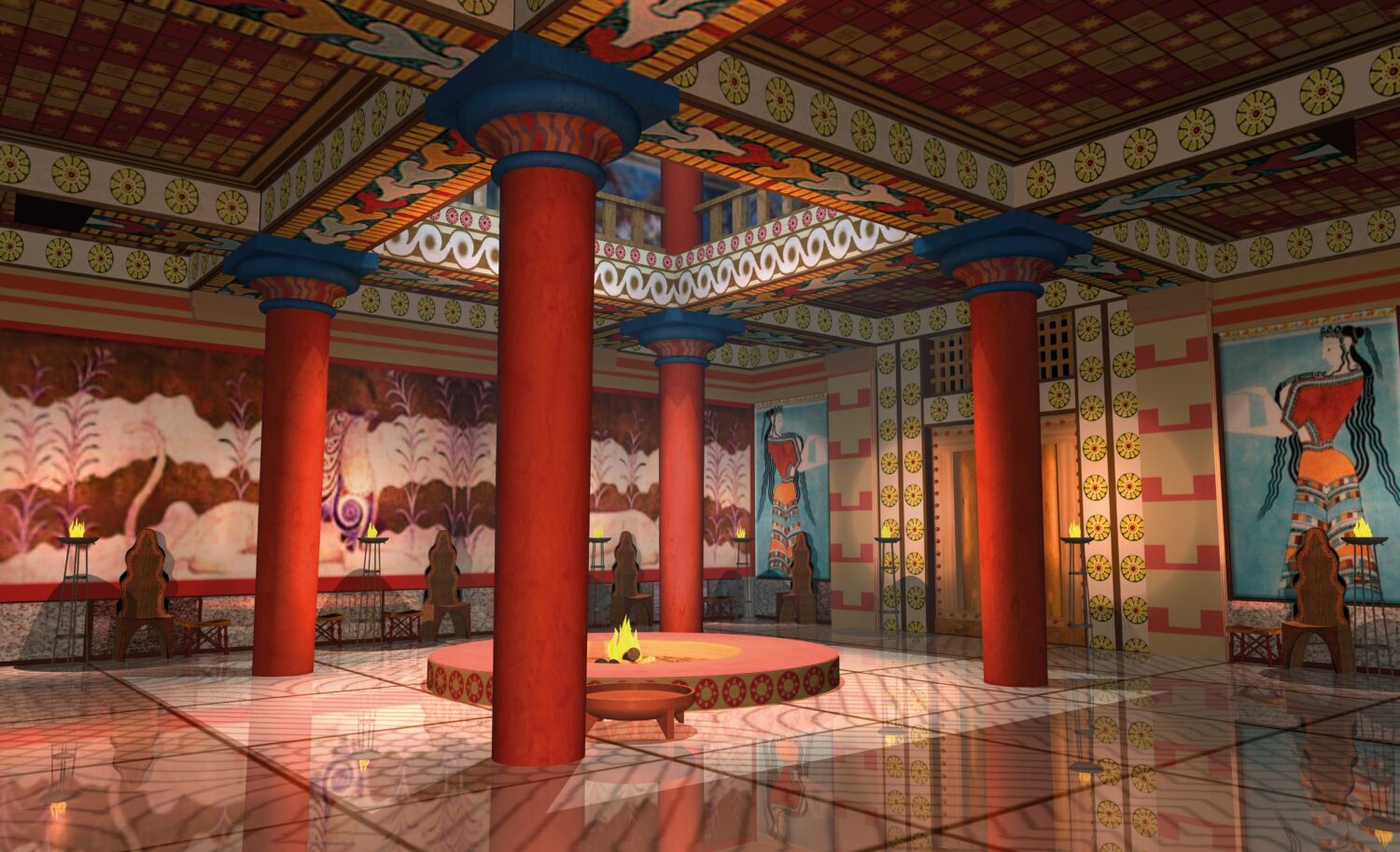
The Mycenaean Era in Crete
After their conquest, the Mycenaeans ruled Crete for about two centuries. During this period, they left an indelible mark on the island:
- Architectural Marvels: The Mycenaeans renovated and expanded the Minoan palaces. The palace at Knossos, for instance, was rebuilt with Mycenaean architectural features.
- Cultural Synthesis: The Mycenaeans adopted many Minoan customs, art forms, and religious practices, leading to a rich cultural fusion. This synthesis is evident in this era’s pottery, frescoes, and artefacts.
- Expansion of Trade: The Mycenaeans expanded the existing Minoan trade routes, reaching as far as Egypt and the Near East. Crete became a significant hub of commerce and diplomacy.
- Introduction of Linear B: The Mycenaeans introduced their script, Linear B, which was used to record economic transactions. This script provides valuable insights into the administrative and financial aspects of Mycenaean Crete.
The Legacy of the Mycenaeans in Crete
The Mycenaean influence on Crete was profound. Even after their decline around 1200 BC, the cultural, architectural, and administrative imprints they left behind continued to shape the island’s destiny. The fusion of Minoan and Mycenaean cultures laid the foundation for the later Greek civilisation, which would go on to influence the entire Western world.
Conclusion
The story of the Mycenaeans and the Minoans is not just a tale of conquest but one of resilience, adaptation, and cultural fusion. With their strategic insight and respect for the Minoan legacy, the Mycenaeans expanded their empire and enriched the tapestry of ancient civilisations. Their story is a testament to the fact that in the annals of history, it is not just power but also adaptability, respect for others, and cultural synthesis that leave a lasting legacy.
Table of Contents
Views: 230





